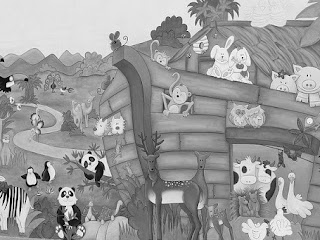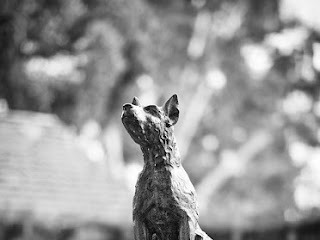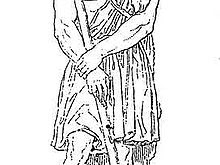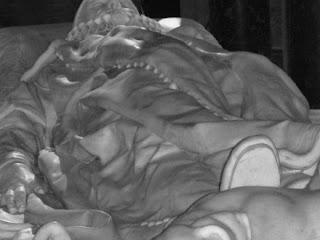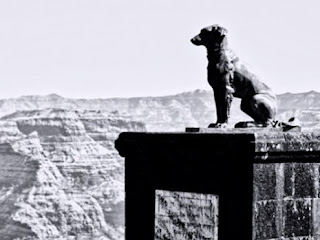A folk tale that goes back to biblical times has an answer to why dogs have wet noses, but scientists most likely won't agree with it.

According to an excerpt from Stanley Coren's book What Do Dogs Know "When God flooded the world, the story [folk tale] goes, all life on the planet was inside of Noah’s ark. The two dogs Noah had chosen constantly patrolled the ark, checking on the other animals, and generally just poking around as dogs do. One day, the dogs were taking their daily stroll when they noticed a coin-sized leak, through which water was rushing in at a rapid rate. One dog quickly ran for help, while the other dog gallantly stuck his nose in the hole to plug it. By the time Noah and his sons arrived to repair the hole, the poor dog was in great pain and gasping for breath, but a major disaster had been averted. According to this tale, dogs’ cold, wet noses are simply a badge of honor, conferred upon them by God in memory of that heroic act."


